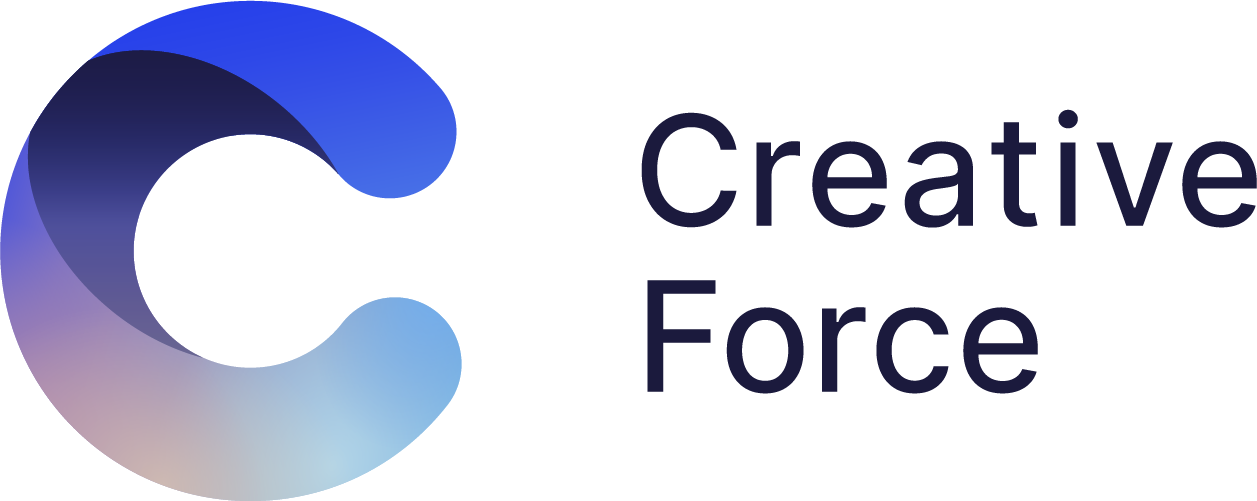How to Advocate for Your Creative Team in Difficult Environments
3 Key Takeaways from Episode 6 of the Creative Operations Podcast.

It's enough work to motivate and focus a creative team in normal conditions, let alone in a studio space that's sweltering (or freezing!) and loud. But that's what Jen Bakija, senior manager of visual rich content for GRAINGER, had to do in 2015 when launching a new studio in a noisy, dusty distribution center. Now she joins Creative Operations Podcast host Daniel Jester to chat about how she rallied her team during debris-riddled days.
I always try to advocate for what is best for [my team] because they're human and...at the end of the day, you need [them] to be passionate and want to do this work that is really impactful to the customer.
- Jen Bakija
 Jen Bakija
Jen Bakija
Senior Manager, Visual Rich Content
GRAINGER
Want the full podcast episode? Stream it on our site, Spotify, Apple Podcasts, Amazon Music, or anywhere else you get your podcasts.
Read on for a few tips to help your own team when working in chaotic spaces.
Build It and They Will Come (Well, Some Of Them, At Least)
Back in 2015, Bakija was touring a warehouse distribution center-it was "the size of a football field," she says when she was introduced to the barren corner that would be her team's studio. "We went around and then they're like, 'Your studio is going to go here,' and it was just this blank space," she says. "And in the meantime, there's forklifts and buzzers going off, and everyone is driving past us. And I was like, 'OK, this is interesting.' It was like something I'd never seen or experienced before. I've been in warehouses before, but never one in this scope and size."
The first tip, while obvious, is potentially the toughest: you may need to set up studio space in the most peculiar places. Jen had to start from nothing really, she had to put up chain link fencing just to have any line of demarcation that distinguished the studio from the rest of the warehouse. You may find yourself starting with nothing but a vision that you must build out.
Then they're like, 'your studio is going to go here,' and it was just this blank space...[with] forklifts and buzzers going off, and everyone is driving past us. And I was like, 'OK, this is interesting. - Jen Bakija
Attract Talent that Can Wear The Vest
Not every creative wants to work in a distribution center environment, where safety policies might require a vest and a hard hat and where loss-prevention protocols might forbid backpacks and purses, Daniel points out. "You're dealing with people who might be further along in their career, who are used to certain levels of comfort and who, in some ways, draw creative energy from some of those comforts they have access to," he says. "When you strip those away, it can be kind of jarring."
This adds a significant, bright orange hurdle to procuring new talent. Daniel, who similarly built a studio in a fulfillment center, says he can't even count on his hands the number of times interviewees visited the studio, where they had to don the orange safety vest, and vanished.
"You could actually see the look on their face change," Jen commiserates.
"Just the color draining right out," Daniel says. "Man, I've seen that face so many times, Jen. Just drained. They see those conveyor belts, and it just drains out of them."
Zombie interview chuckles aside, how do you staff when your space dissuades so many interviewees?
Jen admits she's had to hire more junior-level talent or bring people in on a contractor basis while trust builds toward a permanent position. She's been able to appeal to some people's appreciation for a startup and the freedom to experiment within a new studio.
And Daniel says the safety-first focus of the protocol-heavy warehouse can be a selling point to creatives who haven't felt as protected in other studios. Hooray, hard hats.
We would have people come in and you would tell them in the phone interview, "hey, this is in a distribution center, it's going to be loud, it's going to be dirty, it is production work," and people would still come in and you could actually see the look on their face changeJen Bakija
Build Strong Relationships with Other Departments
It's easy for a small studio staff to get overlooked in a warehouse facility with hundreds of employees. Jen and Daniel agree that to advocate for your team, you should get friendly with other departments and gain visibility for your crew.
Daniel would invite senior leadership from the fulfillment center back to his studio and have lunch delivered to them. Jen established a friendship with the distribution center worker who supervised her studio, and that leader's presence around the studio raised the morale of Jen's team.
As you know, relationships are everything and everything is relationships. Look for ways to bring facility overseers into your space and around your team so that you remain top of mind. There can be a lot of turnover in warehouse environments, so you may need to recreate camaraderie several times as the cast of leaders shuffles.
When It's the Right Way to Advocate, Relocate
While you can build a lot of things-studio space, a willing team, and relationships with facility leaders-advocacy sometimes means knowing when to pull your team to a different location. When Jen couldn't get facility temperature issues worked out to protect her studio equipment or her talent, she pitched a plan to move to a different studio space that offered more conventional studio amenities.
For all the work you do to cultivate a studio within a warehouse, your team might outgrow that situation or not have their needs met in that setting. Have a backup plan and be ready to state your case for appropriate studio space if ever there's a need to transition.
To hear Daniel and Jen on what it's like to deal with unexpected fire alarms because you're not on the right email chain, how cardboard boxes create dust, or when to buy jackets for your team, you'll want to hear the entire episode. Listen on our site, Spotify, Apple Podcasts, or Amazon Music.



